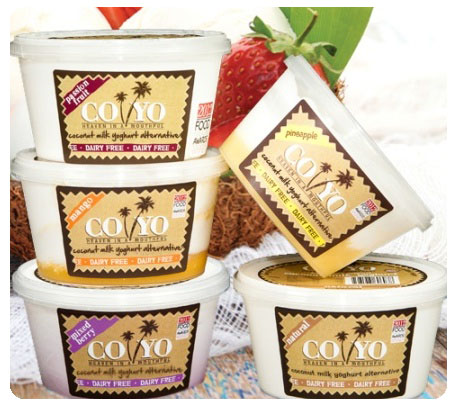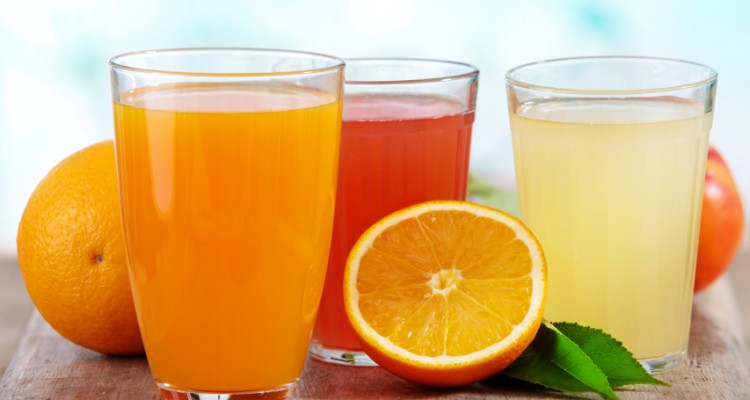- Fruit Juice
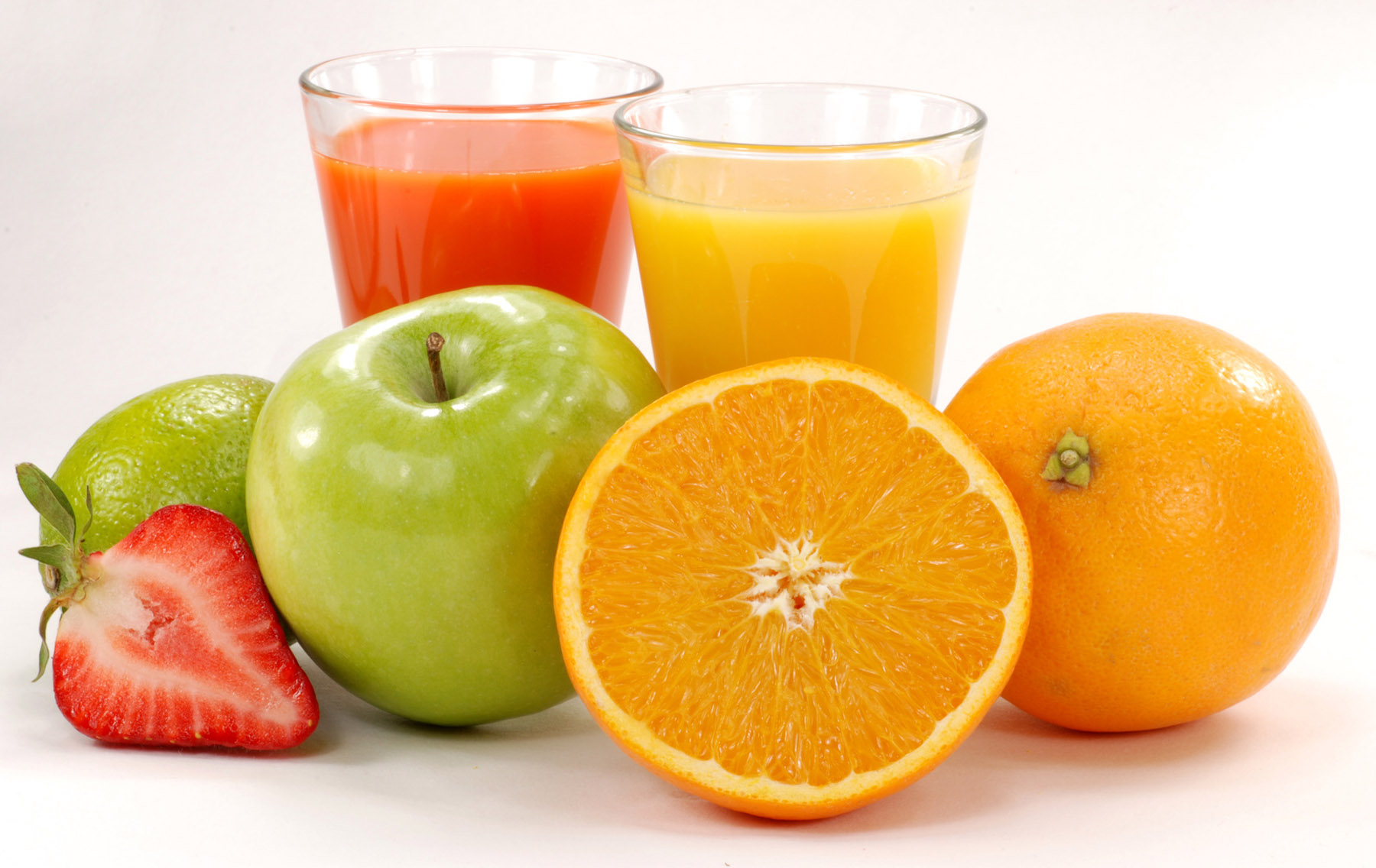
Why?
Fruit juice may look colourful, healthy and appealing, and taste delicious too, but the reality is that regular consumption of fruit juice may contribute to weight gain, particularly around the middle, plus tooth decay and a host of other health issues. Most juices do contain vitamins, calcium and other nutrients, making them better than fizzy drinks, but their high calorie content outweighs these benefits. Though it’s natural, juice is nevertheless high in sugar, with the average glass of orange juice containing around 120 calories. This is double the amount of calories in an orange, and you benefit much more from all the fibre of the whole fruit. Fibre supports digestive health and helps you to feel full for longer, whereas fruit juice doesn’t really satiate hunger. It’s best to enjoy fruit in its whole form rather than juiced and stick with water instead.
What’s the alternative?
While I feel it’s best to avoid fruit juices and even sweeter vegetables including carrot and beetroot in juices, I love green juice for its huge array of health benefits. It’s energising and packed with chlorophyll to help oxygenate your blood. I love this recipe for my Minty Lime Green Machine, which uses mint, lime and ginger to add flavour without sugar.

2. Shop-Bought Smoothies
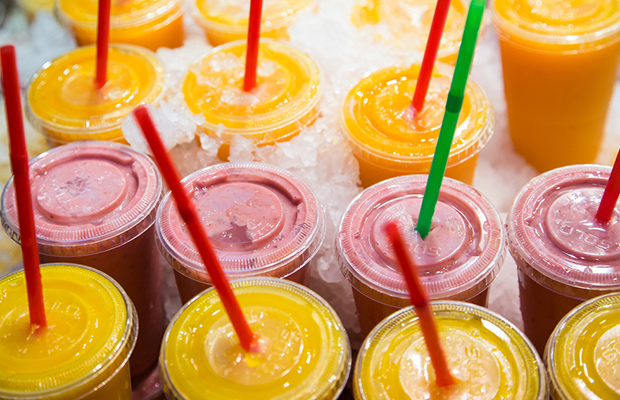
Why?
Many shop-bought smoothies can be packed with fruit juices, refined sugar and even calorie-rich cream or ice-cream. Many also come in huge servings, making it surprisingly easy to consume around 500 calories or more in one smoothie. Most shop-bought smoothies are also based on fruit, with less or no veggies in them.
What’s the alternative?
Make your own at home! I’m a huge fan of making my own green smoothies, containing plenty of leafy greens and whole fruit, or protein smoothies for a pre or post-workout boost with nut butters, plant milk and a high-quality protein powder. Making them at home means you can control the ingredients, portion sizes and ensure they’re free from refined sugar. Using some whole fruit in a smoothie isn’t the same as juicing fruit, as the fibre remains in the drink. But if you’re worried about using too much sugar or you’re following a low-carb diet, try using low-sugar raspberries or blueberries instead.
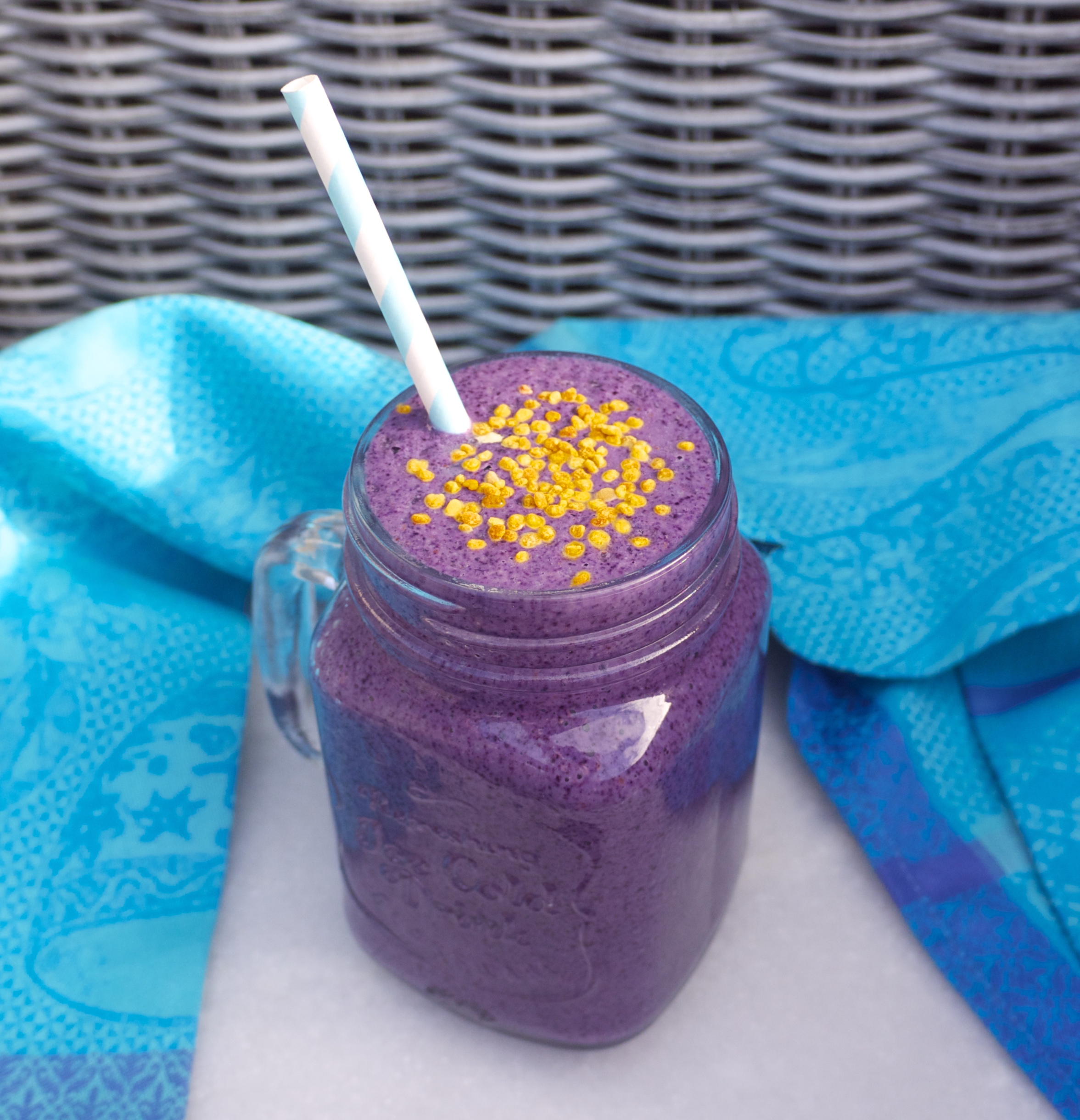
3. Cous Cous
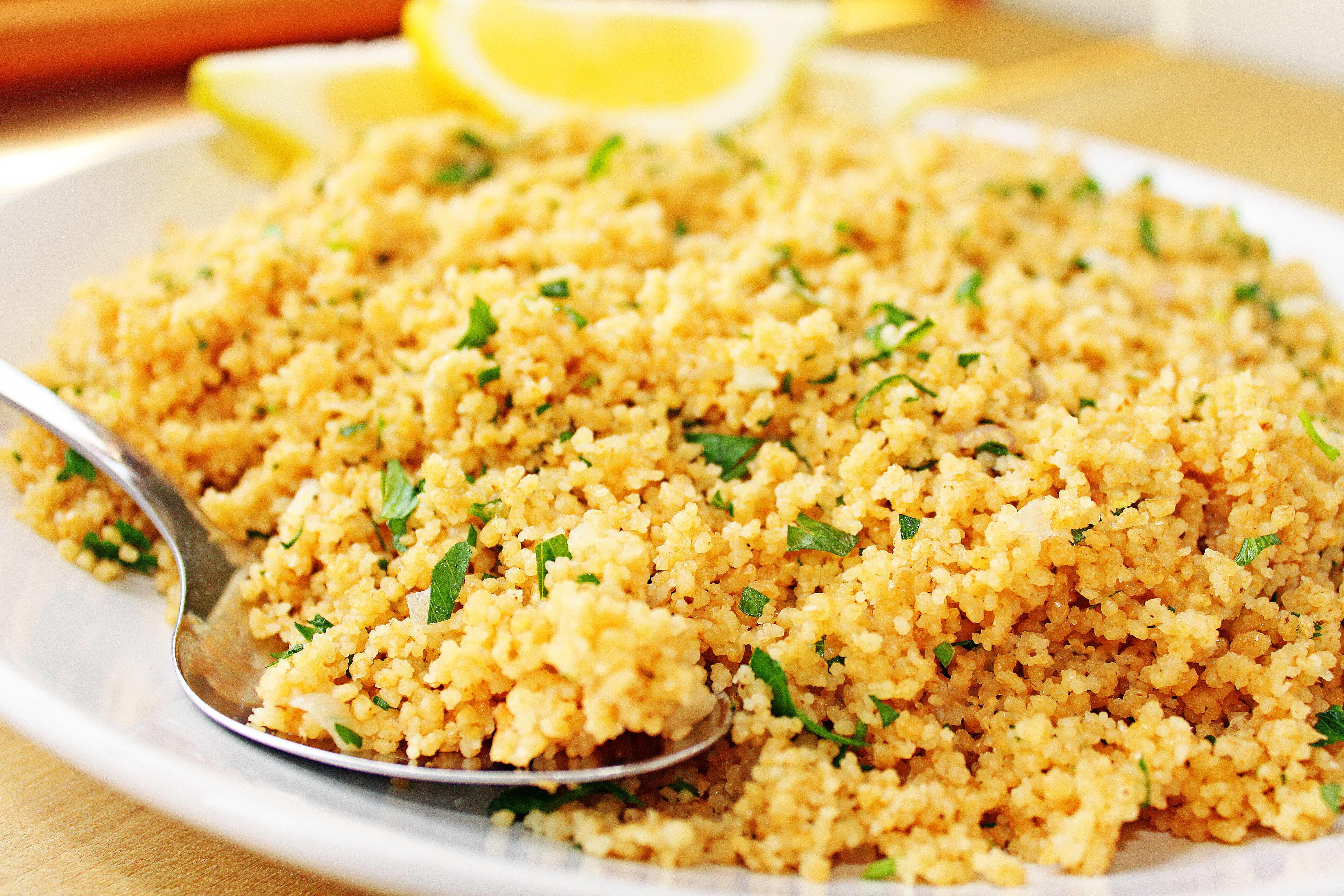 Why?
Why?
Couscous is often touted as a health food and a better alternative to other types of carbohydrate foods. But it’s really a rather processed food, with no greater nutritional value than white pasta. It can raise blood sugar levels, increase insulin and make it harder to burn fat if weight loss is your goal.
What’s the alternative?
There are plenty of excellent, nutritious alternatives that contain valuable minerals, fibre to help stabilise blood sugar levels and amino acids. Try using quinoa, millet, brown rice, buckwheat, oats and amaranth. I love easy quinoa and veggie recipes, like this Lemon, Parsley and Avocado Quinoa.
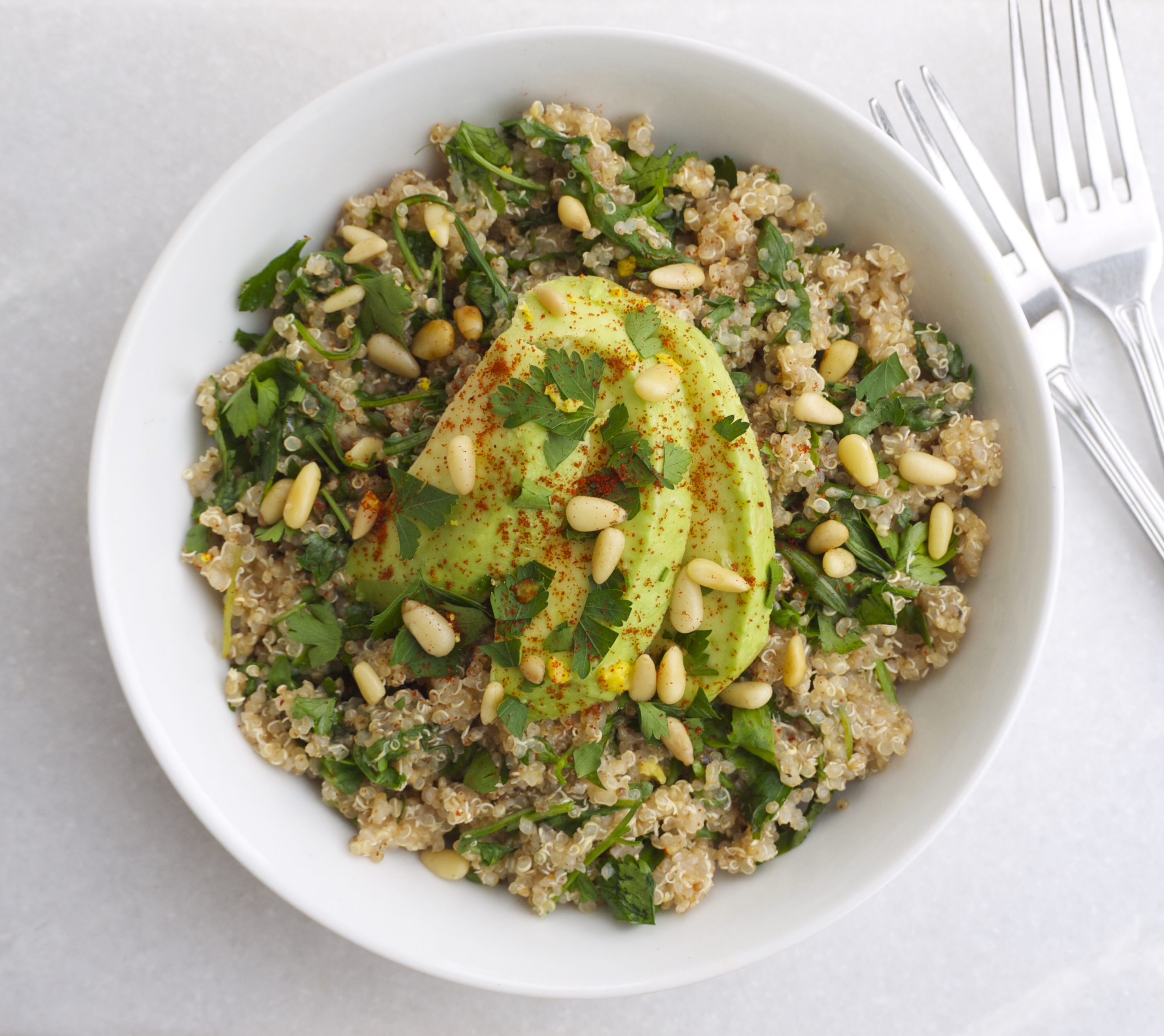
4. Rice Cakes
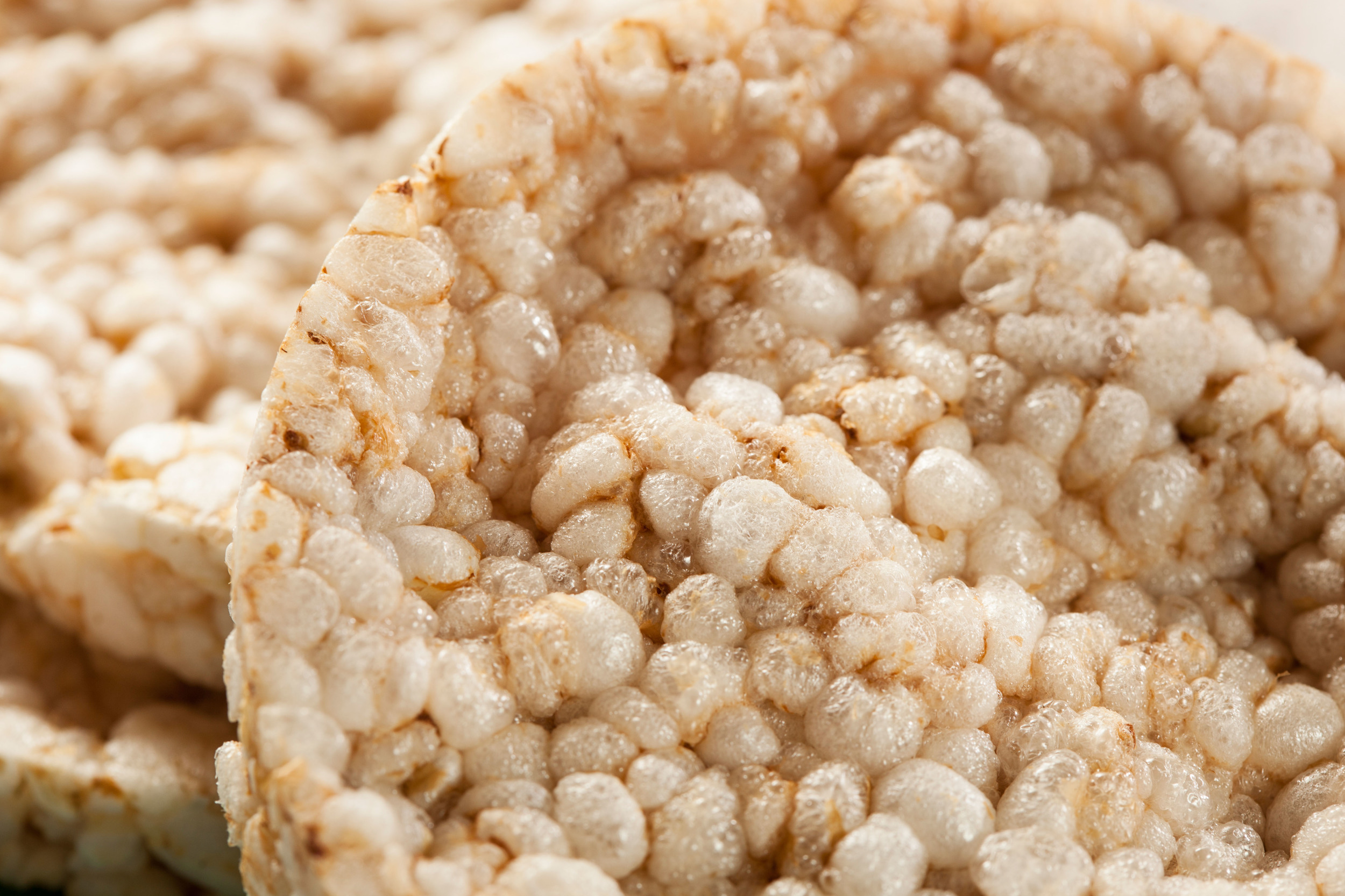 Why?
Why?
The low-fat food movement celebrated rice cakes as the perfect snack. And while they’re low in calories, they’re also low in nutrients and with a high glycaemic index. This means that they hit your bloodstream quickly, raising blood sugar levels and insulin. So really they’re not that much better than eating sugary foods, as they have a similar impact on your body and may lead to health problems over time if consumed regularly in larger quantities.
What’s the alternative?
Unsweetened oat crackers are a good alternative, or you could try making your own bread at home. My recipe for Chia-Cranberry Energy Bread can be made as a savoury version with herbs, spices and seasoning, and tastes great topped with avocado and hummus.
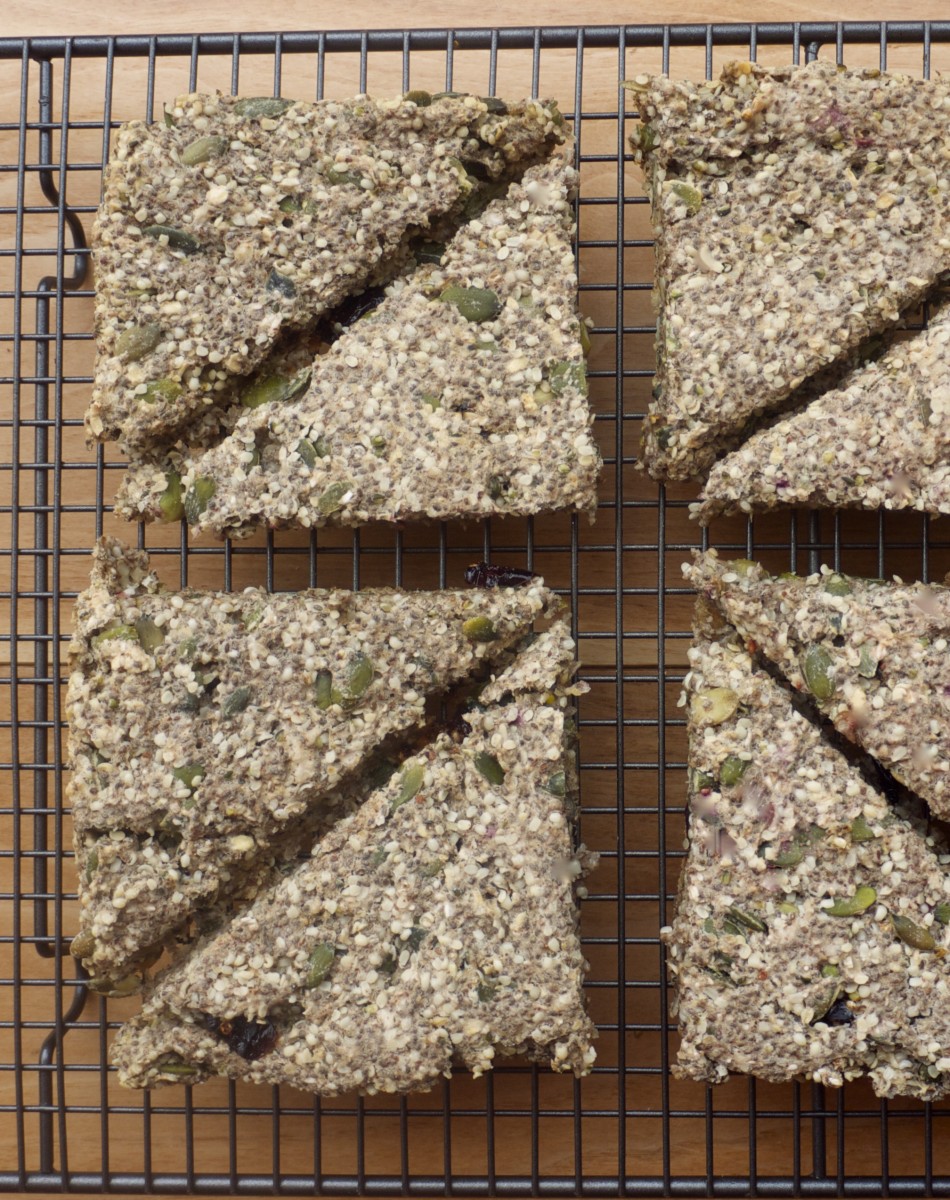
5. Commercial Granola
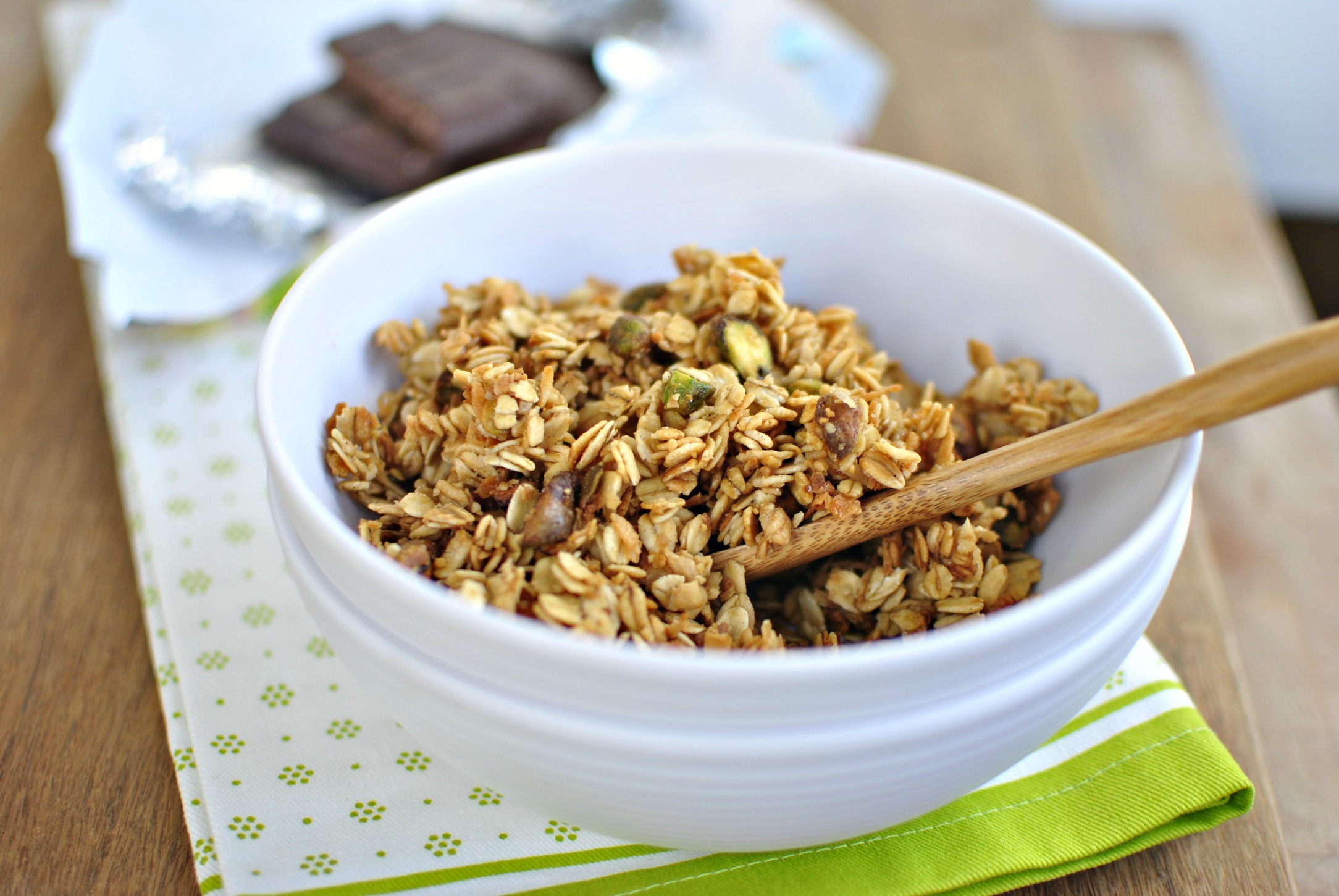 Why?
Why?
As with shop-bought smoothies, granola bought in shops and supermarkets can be rich in refined sugar to achieve its characteristic sweet taste. Commercial granola may also contain preservatives and vegetables oils, which can really hike up the calorie content. A quarter-cup serving is generally recommended for granola, which won’t satisfy the majority of people all the way up to lunchtime.
What’s the alternative?
It’s easy to make your own granola at home, and I often use dates instead of a sweetener because they’re rich in fibre and nutrients. This Vanilla-Berry Smoothie Bowl with Homemade Granola tastes great 🙂 Or you could make your own muesli with seeds, sliced almonds and dried fruit. Overnight oats are another popular option and they only take a few minutes to prepare in the evening using whatever flavour combination you fancy. Then you just grab and go in the morning!
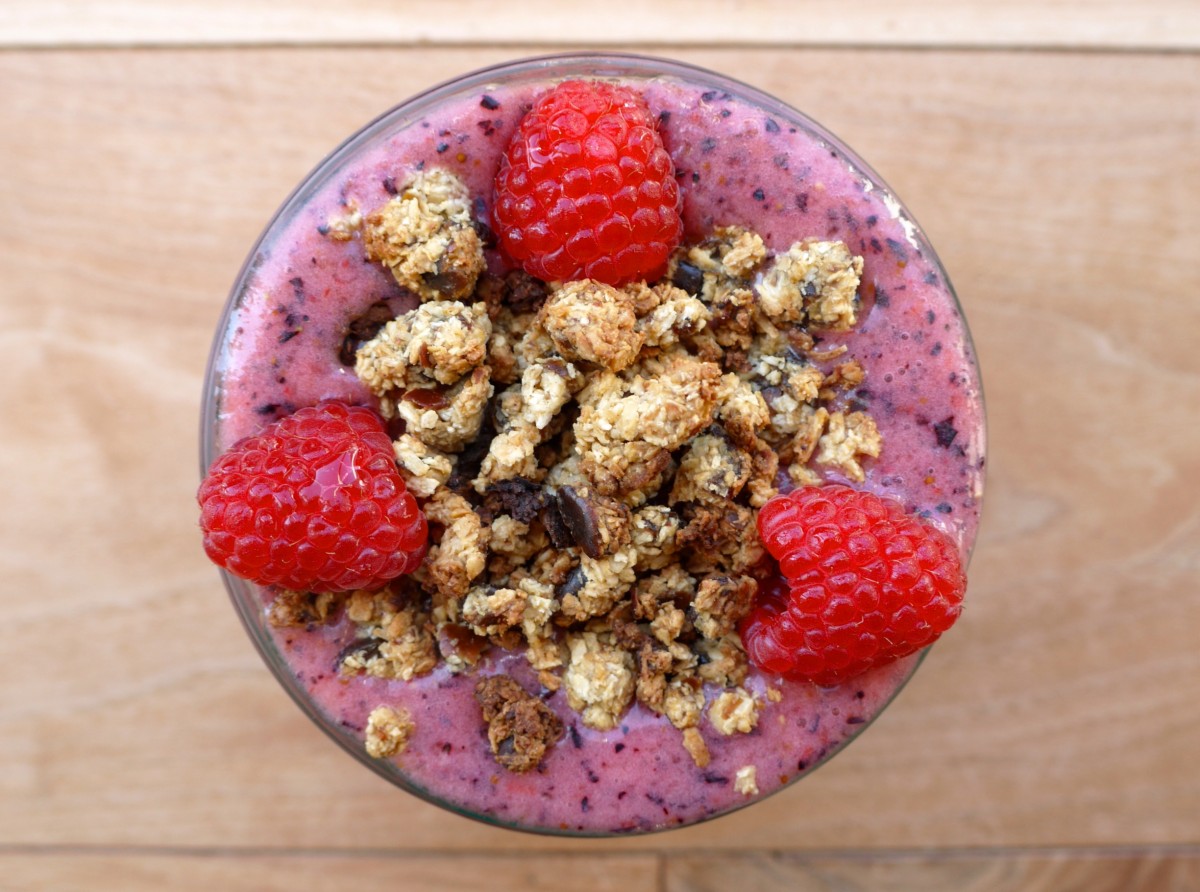
6. ‘Fat-Free’ Foods

Why?
I tend to avoid anything labelled ‘fat-free’. Many of us have been conditioned to believe that fat-free foods will support our health and weight loss goals, but fat gives flavour to foods, so when it’s removed the flavour needs to be replaced. And guess what is usually used? Sugar! Refined sugar is not a friend to our waistline, energy, moods, our skin and overall health. Of course, nature’s own fat-free foods are generally excellent for your health and include most fruit and vegetables. But it’s generally best to avoid processed fat-free foods and opt for the regular version, but just try to control portion sizes. Always read ingredient labels and make sure you know exactly what you’re eating.
What’s the alternative?
Fat is so important for our health, brain function and the appearance of our skin, and some of the best sources include avocado, coconut, nuts, seeds and nut butters. If you have been opting for fat-free yoghurts, my advice is to choose a full-fat, unsweetened brand, such as Greek yoghurt. If you prefer not to eat dairy, there’s a good range of coconut milk yoghurts available from Co-Yo, which are all free from added refined sugar.
